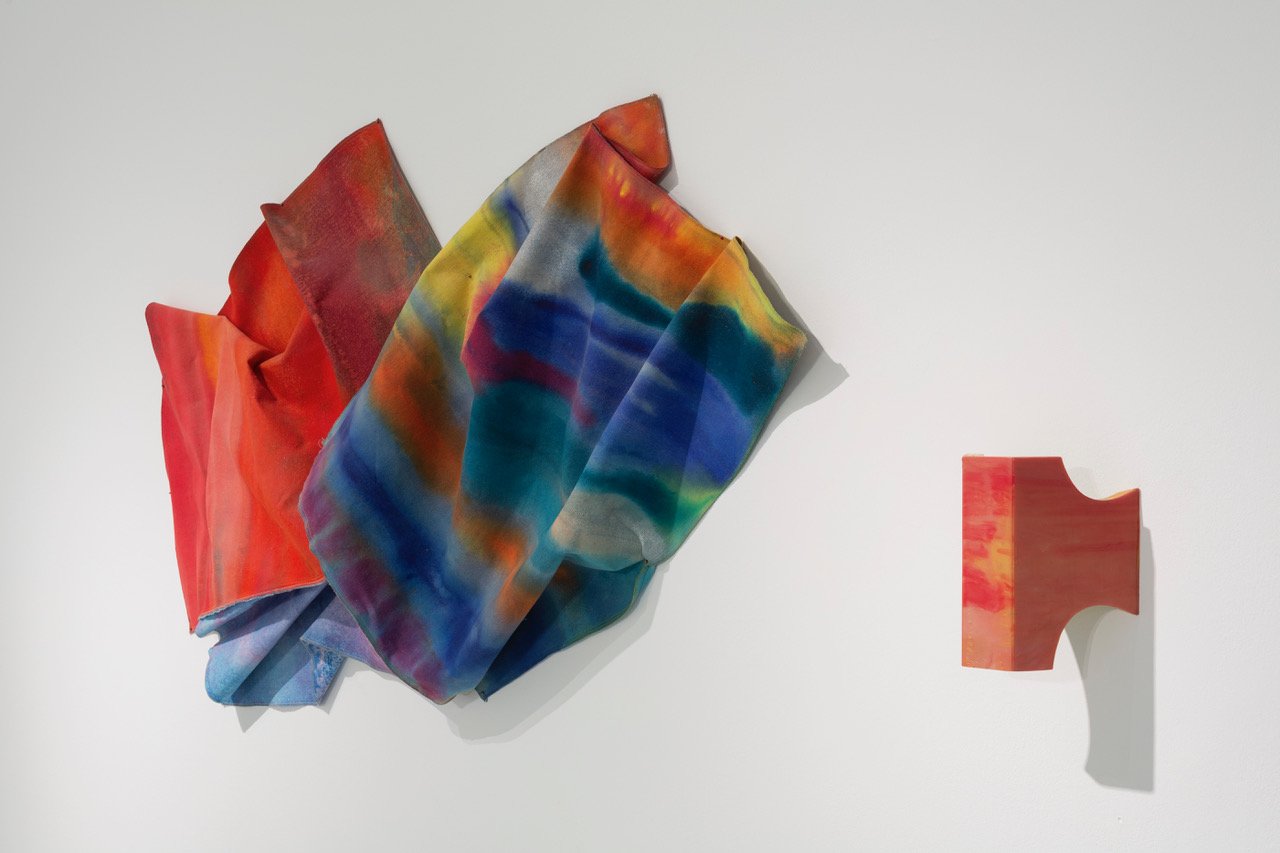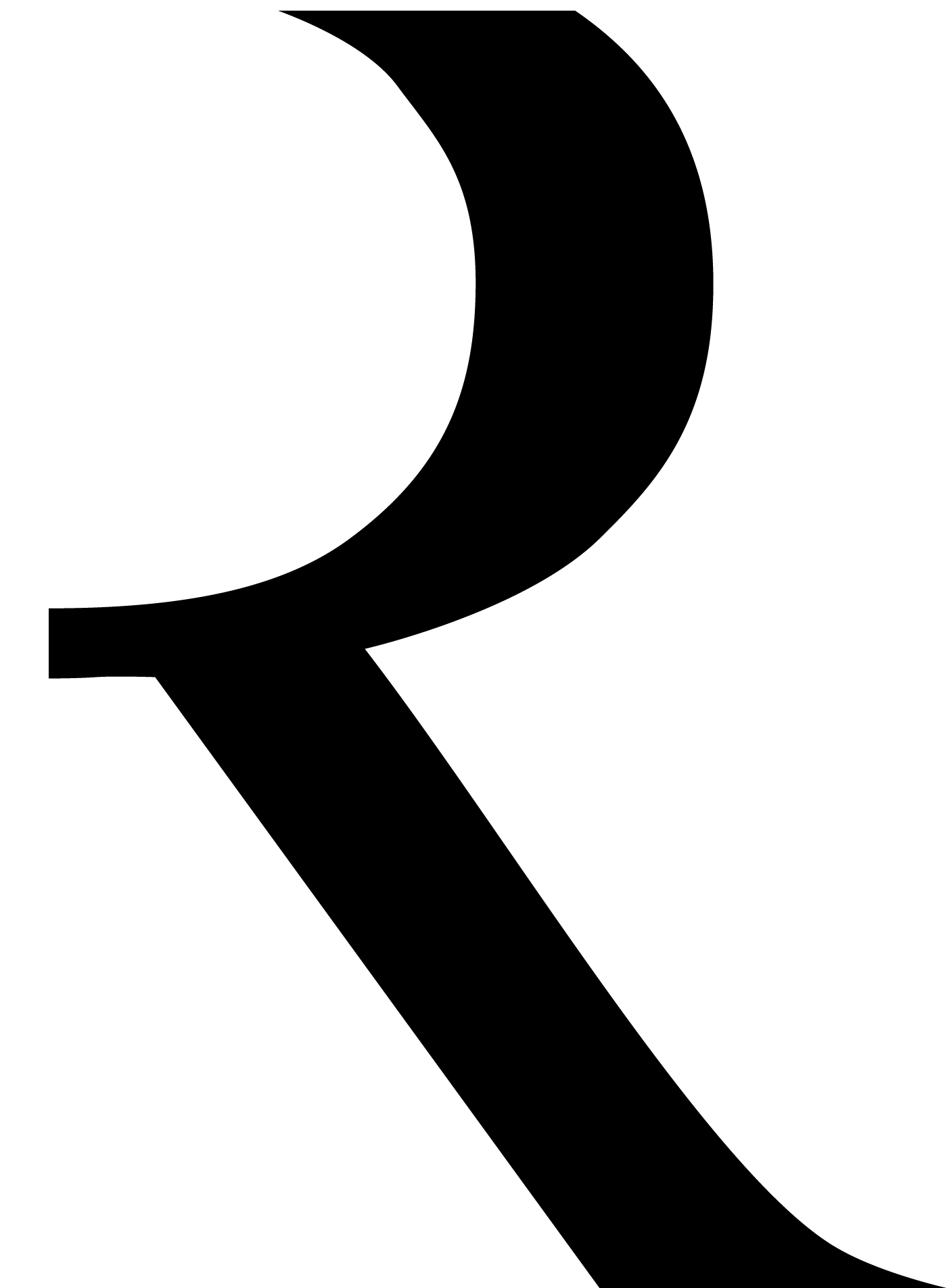Sam Gilliam
Sam Gilliam (born 1933) merged aspects of action painting, color field painting, and post-painterly abstraction with his own unique approach to the shaped canvas. The result is color structured by the form of the canvas itself.
Sam Gilliam was born in Tupelo, Mississippi, in 1933. He received a B.A. degree in fine arts and an M.A. degree in painting (1961) from the University of Louisville, Kentucky. He later resided in Washington, D.C. and taught in public schools there as well as prominent art schools and universities in Washington D.C., Maryland, and Pennsylvania. Throughout his career, Gilliam was concerned with problems of color, atmosphere, and structure. His interest in color staining was inspired, in part, by the work of "Washington color artists" such as Morris Louis and Kenneth Noland. A strong philosophical influence also came from the sculptor Rockne Krebs, with whom Gilliam shared a studio building.
Gilliam's work is rich and varied and involves juxtapositions of color and monochrome, thin stains of paint, and impasto. His early work from the 1960s is geometric and hard-edged. In 1966 he became interested in color staining, pouring paint in broad, translucent flows, thereby creating interpenetrating areas of saturated color.
A year later he began experimenting with a new technique which involved staining a canvas with acrylic paints and then folding or rolling it to create a series of vertical striations. The canvases were then stretched on beveled stretchers in such a way that the painting formed its own frame. These folded paintings of 1967 recall Barnett Newman's work with the repeating vertical stripe.
In 1968 Gilliam responded to the general movement towards "painting as object" with his own brand of shaped paintings: large-scale (30 to 40 foot) suspended canvases with paint flowed and folded on. In these highly sculptural works, gravity and the flexibility of the fabric give the paintings their structure. The way the painting is hung can also determine the color arrangement, by placing noncontiguous areas of the canvas side by side through draping and folding the fabric. These "freed" canvases are not bound by stretchers or frame and are designed to unite with their architectural settings. Not only are spatial variations created by looping and draping the cloth, but also by the interaction of the work with the containing space of the room. The effect from a distance is one of interweaving arcs of color, much like the aurora borealis.
Gilliam's first outdoor piece, an installation at the Philadelphia Museum of Art entitled Seahorses, dates from 1975. It was a vast project utilizing 16,800 square feet of material and 250 gallons of acrylic paint.
Later Gilliam experimented with a variety of armatures for his draped paintings, including sawhorses, poles, and screens.
During the 1970s Gilliam continued to work with stretched canvases, experimenting with folding, staining, pouring, and splashing as methods of paint application. During this period his work reveals an increasing interest in the effects of translucent paints. The Ray Series (1970-1972) uses a wide range of colors, tones, and intensities. The Ahab Series (1973) tends towards a monochrome of silvery white.
Gilliam's 1973 work with assemblages incorporating buttons, photos, and laundry tickets gave way in the mid 1970s to textured canvases with wedge-shaped color insets which appear as though suspended in a fluid-like atmosphere. Gilliam painted canvas, cut it into geometric shapes, then collaged these pieces onto other canvases. The "white collage paintings" of 1976 were created by building up layers of paint in a variety of colors and tones, then covering the whole with a textured white impasto and over-glazing. In these works color appears almost as pure light.
The "black paintings" begun in 1977 are similarly heavily textured by layering black paint over other hues and then raking the surface of the painting. These linear configurations, and the geometric planes created by the cut canvas collage technique, add unity and focus. The juxtaposition of dark tones with areas of color and the mixture of opaque and translucent paints result in a work where warm tones pervade and the vitality of the surface is enhanced.
By 1980, Gilliam applied sculptural elements to the surface of his canvasses, making three dimensional sculptural paintings. Later he created multimedia installations and used brightly stained polypropylene, layers of color, computer generated imaging, metallic and iridescent acrylics, hand made paper, aluminum, steel, and plastic. Gilliam's art was an example of evolution through aesthetic exploration.
Sam Gilliam frequently exhibited at the Fendrick Gallery in Washington, D.C. In 1969 eight of Gilliam's suspended canvases were included in a group exhibition at the Corcoran Gallery. In 1971 he had a one-man show at the Museum of Modern Art and also created works for New Spaces, the Walker Art Center, Minneapolis. His 1975 work Seahorses was part of the Philadelphia Festival Project at the Philadelphia Museum of Art, and in 1977 he had an installation at Artpark in Lewiston, New York.
Gilliam has been the recipient of many commissions, grants, awards, and honorary doctorates since his first grant in 1967 from the National Endowment for the Arts. He has exhibited internationally and is known all over the world.

WAVE-MAGUS, 2000
Acrylic on canvas and wood, 48 x 60 inches
Overall dimensions - 48 x 79 inches

Wood sculpture: 9 x 8 x 5 1/2 inches

ODE TO SPRING, 1965
Acrylic and vinyl on canvas, 56 x 50 inches
